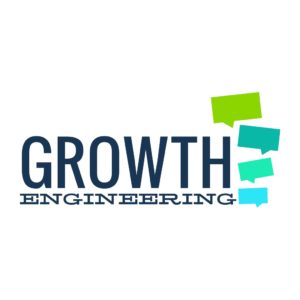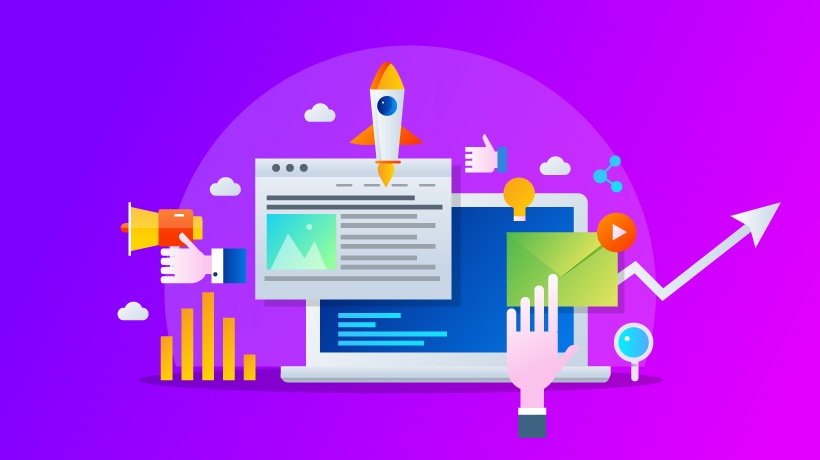Launching A Learning Management System: The Stages Of A Successful LMS Launch
So, you’ve finally grown tired of that clunky, boring LMS that was doing absolutely nothing for your learners. You’ve stepped out of the nineties and invested in a feature-filled next generation learning platform. Now is the time to figure out how to blow your learners minds and send them on a journey of behavior change.
When it’s put like that, it sounds straightforward. But without proper planning, an LMS launch can quickly turn into a minefield of unforeseen problems, lukewarm reviews and disappointing results. On the other hand, if you’ve focused on an engaging learning strategy, your LMS will soon become a springboard for professional development.
Here are a few things to help you put your engagement levels into orbit.
1. Preparation
A wise person once said that failing to prepare is preparing to fail. Building the foundations to your new learning platform is essential if you want to unleash the potential in your people. First, conduct a training needs analysis to figure out where the big issues are in your business. This will help you set some realistic goals and targets to aim for. Take a look at the training content you already have and see if there is anything that needs to be improved or updated (or condemned to the recycle bin).
It's important to become familiar with your content in the first instance. After all, it’s the fuel that drives your platform forward. Once you fully grasp the depth and breadth of the content, you can better approach the matter of engagement. It’s not just about making sure your learners log in regularly – you need to engage the big decision makers in the business. With their support and endorsement, your people will see that this isn’t just another training programme – it’s something much more special.
They won’t see anything special in a generic, beigey-grey learning portal with no relevance to the culture of the business. It’s vital at this early stage to establish your Epic Meaning – that sense of contributing to something larger. To do this, your platform needs to be branded, top-to-bottom, and imbued with the vision and values of the organization. Create an overarching narrative that makes your people feel like they’re heroes on an exciting quest – not just employees looking at a training manual.
2. Pre-Launch
When you have a handle on your content and a platform that reinforces the ethos of your organization, you’re almost ready to start the big countdown. It is possible to run an LMS by yourself, but it’s not easy. Before you start, you need to make sure you have a solid support structure in place.
During the preparatory stage, you’ll have a good grasp of what your LMS can do and how to get the most of it. It’s up to you to make sure your support team knows just as well as you do. By adjusting the user permissions, you can create administrator accounts for your team and assign particular tasks to them. Spreading the workload lets you concentrate on creating a show-stopping introduction to your new learning environment.
This introduction should set the standard and show your people what they can expect from the LMS. It’s also the perfect way to tickle their curiosity and generate a real buzz. You can be as secretive or as explicit as you like. You can even give your people a chance to name the LMS (even if Platformy McPlatformface becomes the outright winner).
Before you jump straight into a company-wide launch, it’s helpful to trial the platform on a pilot group. On a practical note, it lets you iron out the inevitable bugs before the grand unveiling. It’s also possible that some bright spark in your workforce has a great idea to improve the LMS even further. If you’re aiming for a collaborative, knowledge-sharing culture – you might as well start as you mean to continue.
3. Launch
When you’re launching an LMS for the first time, try not to think about the training needs and the compliance checkboxes – this is all about engaging the learner. You want them to return again and again, so the initial experience should be exciting and rewarding.
The first learning objectives that your people need to complete is learning how to use the LMS, learning what they can gain from it and learning how they can contribute. Gamification plays a big role in these early stages. Using levels, you can control how the content is unlocked and guide your learners through their orientation. You can also use achievements to reward the learners for exploring the platform. This helps to reinforce a core message: the more the learners put into their training, the more they can get out of it.
Whatever you do, don’t forget the simple fact that this new LMS isn’t just a learning platform – it’s the catalyst for behavior change. It could possibly be the biggest thing that’s ever happened to employee engagement in your organization. If you want your people to see that potential, a half-hearted launch isn’t going to convince them. Put everything you have into it and make the best first impression you can.
4. Post-Launch
Once you’ve lit the touch paper and watched your new learning platform soar into the stratosphere, you can have a rest. Just kidding – this is where the work really starts! You need to keep the momentum going with regular updates and fresh content. That doesn’t mean that you need to build a new eLearning unit every week. Bite sized content is quicker to create, quicker to consume and best of all, it’s more effective than gargantuan training modules.
Social learning tools are essential for maintaining a healthy hum of activity. Having a company-wide newsfeed front-and-center gives every learner an overview of how their peers are progressing. This might be all it takes to give your people that extra push towards finishing that compliance training they’ve been putting off. You can also create discussion groups for specific topics and invite anybody with an interest. Sometimes all of the best ideas are right under your nose, but without the right system, you can never track them down. These discussion groups let you harvest that vital organizational knowledge.
After a few weeks, you’ll begin to notice a few super-engaged users who post regularly and interact with other users. These enthusiasts are potential ambassadors for the LMS and they could hold powerful insight on improving the experience even further. Passion like this can be highly contagious, spreading throughout the organization. Make sure you add fuel to that passion and you’ll have an alliance of learning superheroes in no time!
Final Words
You could create a new training unit every week and accumulate a vast library of learning material. You can segment your audience a hundred different ways and generate reports to tell you all you want to know. Without learner engagement though, that learning material will remain unseen and those reports will only ever bear disappointing news.
If you can create something that appeals to your people and give it a phenomenal launch, all that’s left is to keep the ball rolling. If you do it right, you won’t have to worry about keeping your people engaged – your biggest challenge will be keeping up with them!










